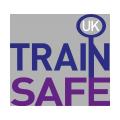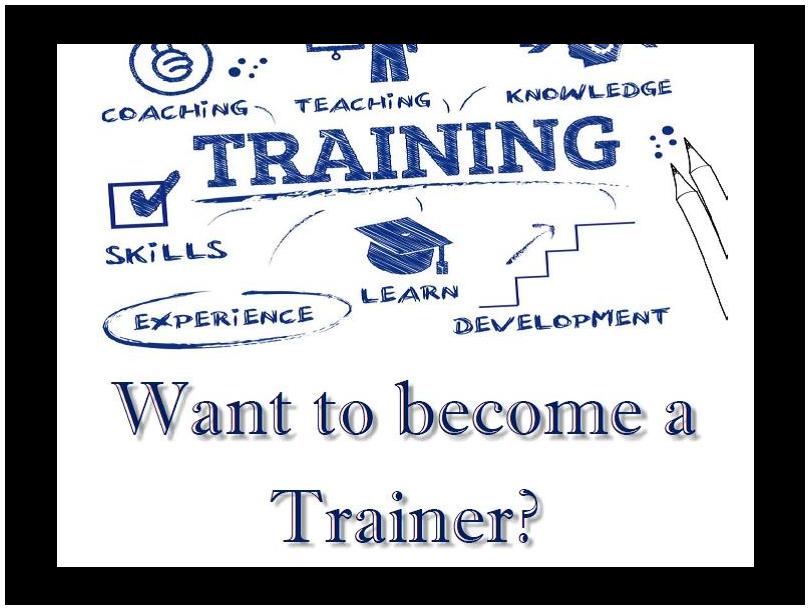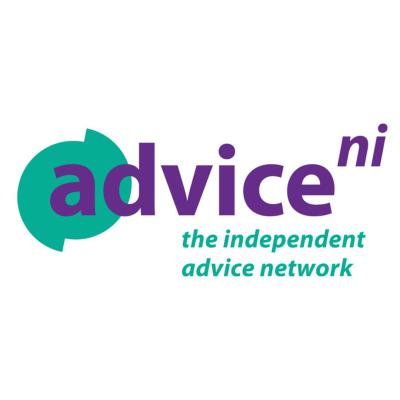Level 3 Award in Education and Training (EAT) - February 2019

Trainsafe UK

Key Qualification Facts
As a Training Organisation, The Training and Recruitment House is accredited by TQUK/HABC/IOSH. If you are completing this course online this course leads to certification in the TQUK Level 3 Award in Education and Training. If you are completing this course face to face this course leads to certification in the Highfield Qualifications Level 3 Award in Education and Training.
Qualification number: 601/1636/5
Learning aim reference: 60116365
Credit value: 12
Assessment method: Portfolio of evidence
Guided learning hours (GLH): 48 GLH
Total qualification time (TQT): 120
Entry Requirements
In order to complete this qualification, learners are required to:
• Be a minimum of 19 years of age.
There are no other formal entry requirements. However, there is a requirement to carry out an initial assessment of a trainee teacher’s personal skills in maths, English and ICT.
Delivery Options
This Qualification is available as a Classroom or an Online version.
How do I book onto the Course?
You can book your place on our Website or Contact us on 02838 39 45 80
You can also email us at info@thetrainingandrecruitmenthouse.co.uk
In a hurry? You can start the course online today.
Course Cost
This course costs £500 inclusive of VAT, assessments, books and materials. Discounts are available for multiple and group bookings.
Learning Outcomes
1: Understanding roles, responsibilities and relationships in education and training
Unit number: H/505/0053
Credit: 3
GLH: 12
Level: 3
Unit Introduction
The purpose of the unit is to enable the learner to understand the role and responsibilities of a teacher in education and training and the relationship between different professionals in education and training.
1. Understand the teaching role and responsibilities in education and training.
1.1 Explain the teaching role and responsibilities in education and training.
1.2 Summarise key aspects of legislation, regulatory requirements and codes of practice relating to own role and responsibilities.
1.3 Explain ways to promote equality and value diversity.
1.4 Explain why it is important to identify and meet individual learner needs.
2. Understand ways to maintain a safe and supportive learning environment.
2.1 Explain ways to maintain a safe and supportive learning environment.
2.2 Explain why it is important to promote appropriate behaviour and respect for others.
3. Understand the relationships between teachers and other professionals in education and training.
3.1 Explain how the teaching role involves working with other professionals.
3.2 Explain the boundaries between the teaching role and other professional roles.
3.3 Describe points of referral to meet the individual needs of learners.
Unit 2: Understanding and using inclusive teaching and learning approaches in education and training
Unit number: D/505/0052
Credit: 6
GLH: 24
Level: 3
Unit Introduction
The purpose of the unit is to enable the learner to understand and use inclusive teaching and learning approaches to meet the needs of learners. It includes how to create a learning environment that engages and motivates learners, and the planning, delivery and evaluation of inclusive teaching and learning. It requires the learner to deliver a microteaching session and to evaluate their own delivery practice.
1. Understand inclusive teaching and learning approaches in education and training.
1.1 Describe features of inclusive teaching and learning.
1.2 Compare the strengths and limitations of teaching and learning approaches used in own area of specialism in relation to meeting individual learner needs.
1.3 Explain why it is important to provide opportunities for learners to develop their English, mathematics, ICT and wider skills.
2. Understand ways to create an inclusive teaching and learning environment.
2.1 Explain why it is important to create an inclusive teaching and learning environment.
2.2 Explain why it is important to select teaching and learning approaches, resources and assessment methods to meet individual learner needs.
2.3 Explain ways to engage and motivate learners.
2.4 Summarise ways to establish ground rules with learners.
3. Be able to plan inclusive teaching and learning.
3.1 Devise an inclusive teaching and learning plan.
3.2 Justify own selection of teaching and learning approaches, resources and assessment methods in relation to meeting individual learner needs.
4. Be able to deliver inclusive teaching and learning.
4.1 Use teaching and learning approaches, resources and assessment methods to meet individual learner needs.
4.2 Communicate with learners in ways that meet their individual needs
4.3 Provide constructive feedback to learners to meet their individual needs.
5. Be able to evaluate the delivery of inclusive teaching and learning.
5.1 Review the effectiveness of own delivery of inclusive teaching and learning.
5.2 Identify areas for improvement in own delivery of inclusive teaching and learning.
Additional unit guidance
There is a microteaching requirement for this unit.
Trainee teachers must be involved in at least one hour of microteaching. Each trainee teacher must deliver at least one 15-minute microteaching session that is observed and assessed by a member of the delivery team. For the additional 45 minutes, the trainee teacher can either deliver additional microteaching sessions or observe the microteaching sessions of other trainee teachers.
Trainee teachers who are currently teaching may prefer to use their practice instead of microteaching to meet the requirement of this unit.
Unit 5: Understanding assessment in education and training
Unit number: R/505/0050
Credit: 3
GLH: 12
Level: 3
Unit Introduction
The purpose of this unit is to enable the learner to understand how different types and methods of assessment are used in education and training. It includes ways to involve learners in assessment and requirements for record keeping.
Learning outcomes Assessment criteria The learner will The learner can
1. Understand types and methods of assessment used in education and training.
1.1 Explain the purposes of types of assessment used in education and training.
1.2 Describe characteristics of different methods of assessment in education and training.
1.3 Compare the strengths and limitations of different assessment methods in relation to meeting individual learner needs.
1.4 Explain how different assessment methods can be adapted to meet individual learner needs.
2. Understand how to involve learners and others in the assessment process.
2.1 Explain why it is important to involve learners and others in the assessment process.
2.2 Explain the role and use of peer- and self-assessment in the assessment process.
2.3 Identify sources of information that should be made available to learners and others involved in the assessment process.
3. Understand the role and use of constructive feedback in the assessment process.
3.1 Describe key features of constructive feedback.
3.2 Explain how constructive feedback contributes to the assessment process.
3.3 Explain ways to give constructive feedback to learners.
4. Understand requirements for keeping records of assessment in education and training.
4.1 Explain the need to keep records of assessment of learning.
4.2 Summarise the requirements for keeping records of assessment in an organisation.
- Advice services
- Community development
- Education/training
- Health and wellbeing
- Men
- Volunteer development
- Women
- Young people
Date and Time
- -
- -
- -
- -
- -
Location
44-48 Carleton Street
Portadown, County Armagh
BT62 3EP
United Kingdom



